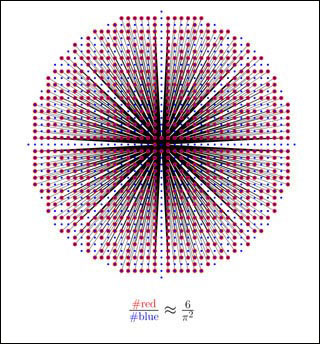After some thinking, I no longer believe in any deep connection between the two notions. Their definitions sound similar and can indeed be used to establish some of the same results, yet the analogy seems superficial.
Let me record some references that might help those who want to think more.
A pseudogroup seems more of a technical device similar to thinking a space as the quotient of its universal cover by the deck-transformation action.
In the collapsing theory of manifolds with two sided curvature bounds a pseudogroup is a technical device allowing to desingularise the Gromov-Hausdorff convergence. To see how it is done it is most efficient to glance through the following:
pp. 33-34 of Fukaya's book "Metric Riemannian geometry" https://www.math.kyoto-u.ac.jp/preprint/2004/16fukaya.pdf.
p.494 of Lott's paper "Dimensional reduction and the long-time behavior of Ricci flow", https://math.berkeley.edu/~lott/2010-85-03-01.pdf.
Let me informally summarize what happens in the above references: a collapsing sequence of metric balls can be (under some curvature assumptions) realized as quotients of balls in the tangent spaces by action of pseudogroups. The actions subcoverge to an isometric action of a local Lie group on some Riemannian manifold. This is a convenient way to think about local collapse developed by Gromov and Fukaya.
(There are other ways to think about collapse that do not use the language of pseudogroups.)
Thus in this construction a pseudogroup approximates a local Lie group,
whose action gives a description of the collapse.
On the other hand, an approximate group sits, by definition, in a local group, and sometimes captures the algebraic properties of the associated global group, such as virtual nilpotence. To see how this applies to geometric problems look at the proof of Corollaries 11.13 in Breuillard-Green-Tao's "The structure of approximate groups", https://arxiv.org/abs/1110.5008. Here the geometric input is minimal (namely, the Bishop-Gromov volume comparison which gives a packing condition on the orbit of the fundamental group action in the universal cover).
The notion of an approximate group allows to decouple group theory and geometry, which is quite striking.

